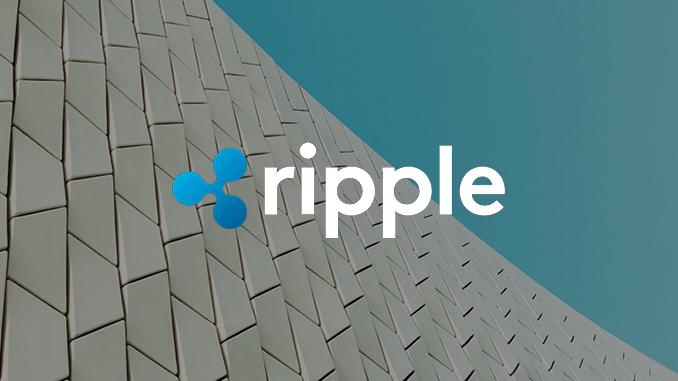
Investors in Ripple (XRP) are pleased about a cooperation between the Swiss FinTech Metaco and the major bank HSBC. Metaco was acquired by Ripple in the spring and brings crypto expertise to HSBC.
The major bank HSBC wants to offer its customers custody and trading in tokenized asset classes such as gold from 2024. According to a press release, it is cooperating with the Swiss FinTech Metaco. And this is where the story gets interesting for Ripple (XRP) – because in May, the crypto company paid USD 250 million for the acquisition of Metaco. So is Ripple now finally doing business with a major bank indirectly through HSBC and, if possible, can it also place XRP in the deal?
The so-called “XRP army” interprets the cooperation so optimistically. But a closer look reveals doubts. In the announcement regarding the takeover of Metaco, it was emphasized that the FinTech should remain an independent unit and brand. And HSBC also makes no mention of Ripple or XRP. Metaco will initially be primarily responsible for the secure custody of HSBC customers’ digital assets. And HSBC is talking about trading in tokenized assets, such as digitally represented securities or commodities like gold.
The advantage of such offers based on blockchain solutions is that they can basically be processed fully automatically and are therefore available 24/7. The second advantage is that completed transactions are immediately documented in the blockchain in a forgery-proof manner. HSBC can thus save a lot of manual work and pass this on to its customers in the form of reduced fees. However, for the time being, Ripple technology is only used in the background in this HSBC and Metaco construct and XRP is not used at all.
Conclusion: XRP continues to wait for Ripple’s breakthrough in the banking business
When Ripple celebrated a success in the mammoth process with the US Securities and Exchange Commission (SEC) in the summer, the management hoped that it would now be able to win US banks as customers. Nothing has come of this so far. XRP was conceived a decade ago as a digital bridge currency that would allow banks to organize cross-border transfers faster and cheaper than through the SWIFT system. However, it has since emerged that, while some banks are testing or using the international Ripple network, they are sticking to fiat transfers without XRP. Ripple’s ambitions in the field of state digital currencies (CBDCs) also exclude XRP. Investors must therefore continue to ask themselves: Where are the monetary use cases for XRP that could provide sustainable support for the price curve?

Leave a Reply